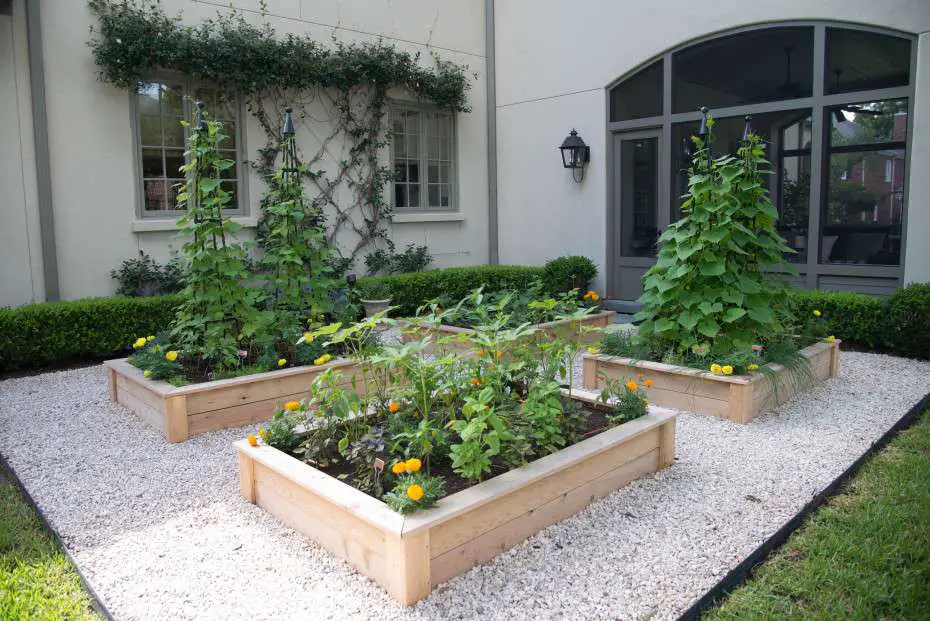Hello there! Today, we’re going to explore the topic of whether raised beds are healthier for gardening. We’ll discuss the benefits of raised beds compared to pots, as well as delve into the world of off-grid living and how it relates to gardening. By the end of this article, you’ll have a better understanding of whether raised beds are the best option for your gardening needs. So let’s get started!
Are Raised Beds Healthier for Gardening?
When it comes to gardening, one of the key decisions you’ll need to make is whether to use raised beds or pots for growing your plants. Both options have their advantages and limitations, but in this article, we’ll explore the benefits of raised beds and how they can contribute to healthier, more productive gardens.
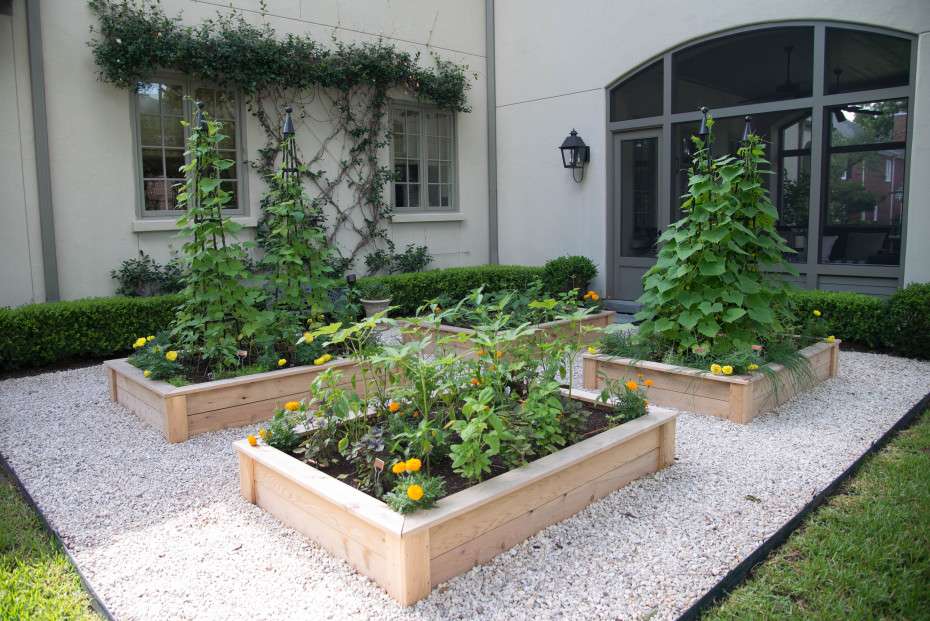
Benefits of Raised Beds
Improved Soil Drainage
One of the primary advantages of using raised beds is improved soil drainage. The elevated structure of raised beds allows excess water to drain away more efficiently, preventing waterlogging and the associated problems it can cause, such as root rot or the proliferation of plant diseases. With proper soil moisture levels, plants are better positioned to thrive and grow vigorously.
Enhanced Soil Quality
Another significant benefit of raised beds is the potential to enhance soil quality. When building raised beds, gardeners have control over the soil composition by using a mixture that is rich in organic matter and nutrients. By incorporating compost, aged manure, or other organic materials, you create a fertile and well-balanced soil that provides plants with the necessary nutrients to grow strong and healthy.
Ease of Access and Maintenance
Raised beds offer convenience in terms of access and maintenance. Their elevated height minimizes the need for bending or kneeling, making it easier for gardeners to tend to their plants without straining their backs or knees. The compact size of raised beds also allows for easy reaching, reducing the likelihood of damaging adjacent plants. Additionally, raised beds create defined gardening spaces that can be easier to manage and keep tidy.
Protection against Weeds and Pests
Weeds and pests can pose significant challenges in any garden, but raised beds can offer some protection against these nuisances. The defined boundaries and elevated position of raised beds make it more difficult for weeds to infiltrate the garden, reducing the competition for resources and minimizing the need for excessive weeding. Similarly, the raised structure can act as a physical barrier, deterring crawling pests from reaching your plants and potentially reducing the reliance on chemical pesticides.
Increased Crop Yields
Optimal Soil Structure
A well-structured soil is essential for healthy plant growth, and raised beds can provide the perfect environment. The loose and friable soil found in raised beds promotes root development and allows plants to access nutrients and water more effectively. This optimal soil structure ensures that plants have the best possible conditions for growth, leading to increased crop yields.
Ample Growing Space
Raised beds offer ample growing space, allowing you to grow a greater number of plants in a compact area. With the ability to maximize surface area, gardeners can plan their plantings more efficiently and achieve higher yields per square foot. The increased growing space provides opportunities to diversify plant varieties and cultivate a greater range of edible or ornamental plants.
Better Nutrient Absorption
The elevated position of raised beds can improve the nutrient absorption capabilities of plants. Raised beds provide better aeration and drainage, preventing nutrient leaching and allowing plant roots to access the nutrients in the soil more effectively. This enhanced nutrient availability ensures that plants receive a consistent supply of vital elements, leading to healthier growth and improved crop yields.
Efficient Water Usage
Water efficiency is crucial, particularly in areas with limited water resources or during drought periods. Raised beds can help conserve water by allowing for more targeted watering. The defined boundaries of raised beds prevent water from being wasted on surrounding areas where it isn’t needed. The elevated position also minimizes evaporation, ensuring that water is effectively utilized by the plants’ roots.
Healthier Plant Growth
Reduced Soil Compaction
Soil compaction can be detrimental to plant growth as it restricts root development and hampers nutrient uptake. Raised beds help combat soil compaction by providing a loose and well-aerated growing medium. The absence of foot traffic within the growing area further reduces soil compaction, allowing plant roots to spread and absorb nutrients more easily.
Optimum Soil Temperature
Soil temperature plays a crucial role in plant growth and development. Raised beds tend to warm up faster in the spring, promoting early-season growth and giving plants a head start. The elevated position of raised beds allows the soil to receive more sunlight and heat, resulting in optimal soil temperature conditions for plant growth.
Minimized Root Competition
In traditional gardens, plant roots often compete for resources, such as water and nutrients. Raised beds provide each plant with its dedicated growing space, minimizing root competition. With reduced competition, plants can develop stronger root systems, access a more abundant supply of resources, and grow more vigorously.
Improved Air Circulation
Good air circulation around plants is vital for preventing diseases and promoting healthy growth. Raised beds offer improved air circulation due to the elevated positioning of plants. The increased airflow helps to reduce humidity levels, which can contribute to fungal diseases. Improved air circulation also aids in pollination, resulting in better fruit set and increased yields.
Prevention of Soil Erosion
Retains Soil Moisture
Soil erosion is a common problem in gardens, but raised beds can help prevent it. The elevated structure of raised beds acts as a barrier, preventing excessive rainfall from washing away the soil. Additionally, the loose and organic-rich soil found in raised beds retains moisture more effectively, reducing the need for frequent watering and ensuring consistent hydration for plants.
Reduces Runoff
Raised beds can also minimize runoff, particularly in sloping terrains where water tends to flow down rapidly. The defined boundaries of raised beds help to slow down water movement, allowing it to infiltrate the soil more thoroughly. This not only contributes to water conservation but also prevents the loss of valuable nutrients that can be carried away with runoff.
Stabilizes Sloping Terrain
In gardens with sloping terrains, erosion can be a significant concern. Raised beds can help stabilize sloping terrain by creating terraces or retaining walls that hold the soil in place. This prevents erosion and allows gardeners to make use of areas that might otherwise be challenging to cultivate.
Protects Against Wind Erosion
In regions with windy conditions, raised beds can act as a protective barrier against wind erosion. The elevated position of the beds helps to break up strong winds, reducing their impact on vulnerable plants and preventing the loss of topsoil. By maintaining soil integrity, raised beds create a more stable growing environment, particularly in windy areas.
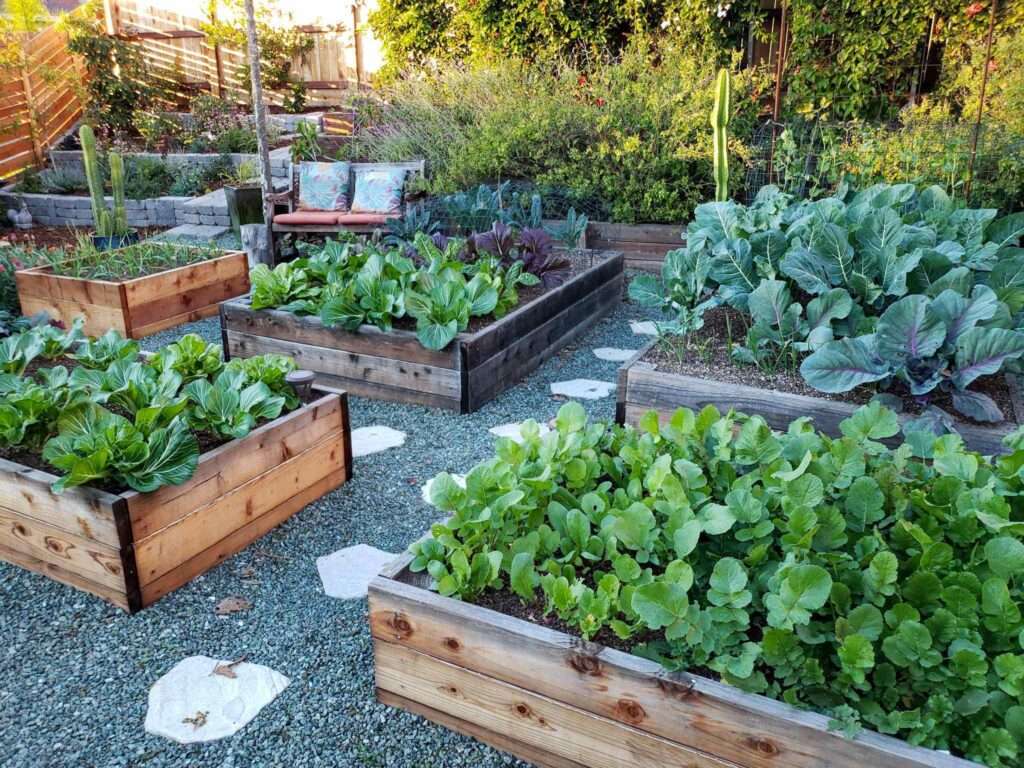
Less Dependency on Synthetic Chemicals
Improved Weed Control
Weeds are a common nuisance in gardens, but raised beds can help address this issue more effectively. The controlled environment of raised beds makes it easier to manage and control weeds. By using weed barriers or mulches, gardeners can significantly reduce weed growth in their raised beds, minimizing the need for synthetic herbicides and reducing chemical dependency.
Reduced Pest Infestation
Pests can wreak havoc on plants, but raised beds can offer some protection against infestations. The elevated structure of raised beds makes it more challenging for pests to access plants, reducing the risk of damage. Additionally, by practicing companion planting with pest-repellent plants or using physical barriers, such as netting or row covers, you can further deter pests and reduce the need for chemical insecticides.
Minimized Fertilizer Requirements
Raised beds can help optimize fertilizer usage and reduce dependency on synthetic chemicals. With the ability to customize the soil composition in raised beds, including the addition of organic matter and nutrients, you can create a nutrient-rich environment for plants. This reduces the need for excessive fertilization and ensures that plants receive a balanced supply of essential nutrients naturally.
Environmentally Friendly Approach
By reducing the reliance on synthetic chemicals, raised beds offer an environmentally friendly gardening approach. This approach supports a more sustainable gardening practice that is less harmful to the environment and promotes biodiversity. By nurturing a healthy ecosystem within the garden, raised beds contribute to the overall health of the surrounding environment as well.
Suitability for Different Plant Varieties
Accommodates Root Depth Requirements
Different plants have varying root depth requirements, and raised beds can accommodate these needs more effectively. By adjusting the depth of the soil within the raised bed, gardeners can ensure that plants with deep root systems, such as tomatoes or carrots, have sufficient space to grow and thrive. This allows for more efficient use of vertical growing space and enables the cultivation of a wider variety of plant species.
Ideal for Compact or Trailing Plants
Raised beds are particularly well-suited for compact or trailing plant varieties. The defined boundaries of raised beds help to contain compact plants and prevent their growth from spreading into other areas. Additionally, trailing plants, such as strawberries or vine crops, can be trained to grow along the edges of raised beds or trellises, making efficient use of the available space.
Customizable Size and Shape
Raised beds offer flexibility in terms of size and shape, allowing gardeners to customize their growing areas based on their specific needs and available space. Whether you have a small backyard or a large garden, raised beds can be tailored to fit different dimensions. This adaptability gives you the freedom to design a garden layout that maximizes the use of space and complements your gardening style.
Versatile Planting Options
With raised beds, you have the freedom to experiment with different planting techniques and configurations. Raised beds can be used for traditional row planting, intensive planting, or even square-foot gardening methods. The versatility of raised beds allows you to explore various planting options and get creative with your garden design.
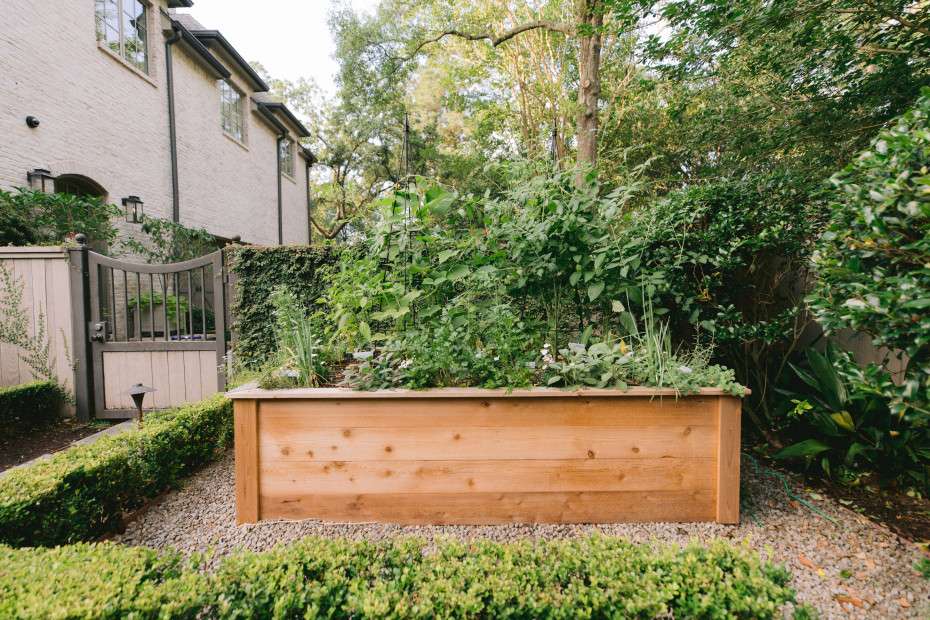
Potential Drawbacks of Raised Beds
While raised beds offer numerous benefits, it’s important to consider some potential drawbacks before making a decision.
Initial Cost of Construction
Constructing raised beds can involve an initial investment of time, money, and effort. Materials such as wood, bricks, or stone may need to be purchased to build the raised beds, and the construction process itself requires some level of skill and physical labor. However, once the raised beds are in place, they can offer long-term benefits that outweigh the initial costs.
Limited Growing Space in Small Areas
In small gardens or limited spaces, raised beds may take up a significant portion of the available area, resulting in reduced overall growing space. However, with careful planning and efficient use of vertical growing techniques, such as trellising or using hanging baskets, it’s still possible to maximize the growing potential of a small garden using raised beds.
Limited Mobility for Certain Gardeners
The elevated height of raised beds might pose challenges for gardeners with limited mobility or physical disabilities. Accessing and tending to plants in raised beds may require the use of tools or adaptations to accommodate individual needs. However, raised bed designs can be modified to provide easier access, such as incorporating wider paths or installing handrails, making gardening more accessible for all.
Risk of Overwatering
In some cases, raised beds may be more susceptible to overwatering due to their efficient drainage and water retention capabilities. This can be a concern for gardeners who tend to overwater their plants or live in areas with heavy rainfall. Proper watering practices and monitoring soil moisture levels can help prevent excessive water accumulation and mitigate the risk of overwatering.
Considerations for Pots
While raised beds are a popular choice for gardeners, pots also have their advantages, particularly in specific situations.
Portability and Flexibility
Pots offer the advantage of portability, allowing you to move plants easily based on changing sunlight conditions or to protect them from inclement weather. This flexibility is particularly useful if you have limited outdoor space, as pots can be arranged to make the most of available sun exposure.
Ideal for Small Spaces
Pots are an excellent option for gardening in small spaces, such as balconies, patios, or windowsills. They can be placed in various locations, allowing you to create a lush garden even in the most confined areas. Pots also offer the option of vertical gardening by using hanging pots or stacking pots, maximizing space utilization.
Suitable for Container Gardening
Container gardening is a popular trend, and pots are the perfect vessels for this gardening technique. Pots provide a contained environment for plants, minimizing the risk of invasive growth or cross-contamination. Container gardening also allows for easy experimentation with different plant combinations and aesthetics.
Requires Adequate Drainage
Proper drainage is essential when using pots for gardening. Ensure that your pots have proper drainage holes to allow excess water to escape. It’s also recommended to use a well-draining potting mix to prevent waterlogging, which can lead to root rot or other moisture-related issues.
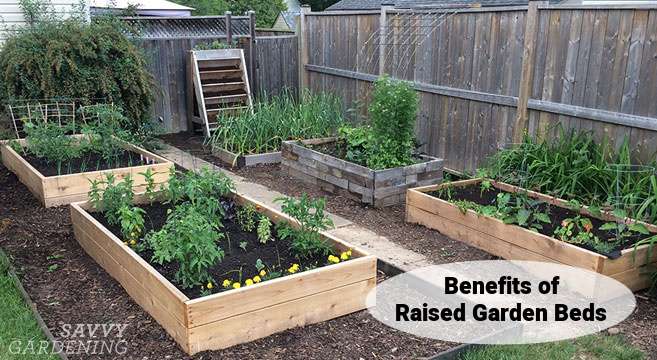
Factors to Consider for Choosing Raised Beds or Pots
When deciding between raised beds and pots, several factors should be taken into account.
Available Space
The size and layout of your gardening space will influence whether raised beds or pots are more suitable. Raised beds are better suited for larger areas where you can allocate dedicated space for gardening, while pots are more versatile and adaptable for small or unconventional spaces.
Budget and Resources
Consider your budget and resources when choosing between raised beds and pots. Raised beds may require an initial investment for construction materials, whereas pots can be purchased gradually as needed. Assess your financial capabilities and availability of materials before making a decision.
Plant Variety and Characteristics
The type of plants you intend to grow should play a significant role in your decision-making process. Some plants, such as deep-rooted vegetables or fruit trees, may benefit more from the spaciousness and nutrient-rich environment of raised beds. On the other hand, plants with shallow root systems or those that require frequent relocation may thrive better in pots.
Gardener’s Physical Abilities
Consider your physical abilities and limitations when choosing between raised beds and pots. Raised beds may be a good option if you have mobility issues or prefer gardening at a comfortable standing height. Pots, on the other hand, offer more flexibility in terms of accessibility and can be adapted to suit the needs of gardeners with limited mobility.
Combination of Raised Beds and Pots
In some cases, combining raised beds and pots can provide the best of both worlds and create a balanced gardening approach.
Utilizing Both Methods
By using both raised beds and pots, you can diversify your gardening space and take advantage of the unique benefits offered by each. Raised beds can be reserved for plants with deeper root systems or for crops that benefit from the enhanced soil structure. Pots can be used for compact plants, herbs, or ornamentals, providing flexibility and mobility.
Maximizing Growing Potential
The combination of raised beds and pots allows you to maximize your growing potential by utilizing space effectively. The versatility of pots enables you to create vertical gardens or multi-tiered arrangements, while raised beds optimize ground space. By strategically placing raised beds and pots, you can cultivate a greater variety and quantity of plants.
Designing an Aesthetically Pleasing Garden
The combination of raised beds and pots can contribute to a visually appealing garden design. Raised beds can create defined garden sections, while pots can add an element of versatility and creativity. Mixing different pot sizes, colors, and textures can enhance the aesthetics of your garden and create visual interest.
Balancing Maintenance and Convenience
Combining raised beds and pots can help strike a balance between maintenance efforts and convenience. Raised beds may require less frequent watering due to their efficient drainage, while the smaller size of pots allows for more targeted watering and easier maintenance. By allocating plants to the most suitable growing containers, you can streamline your gardening chores and achieve a harmonious balance.
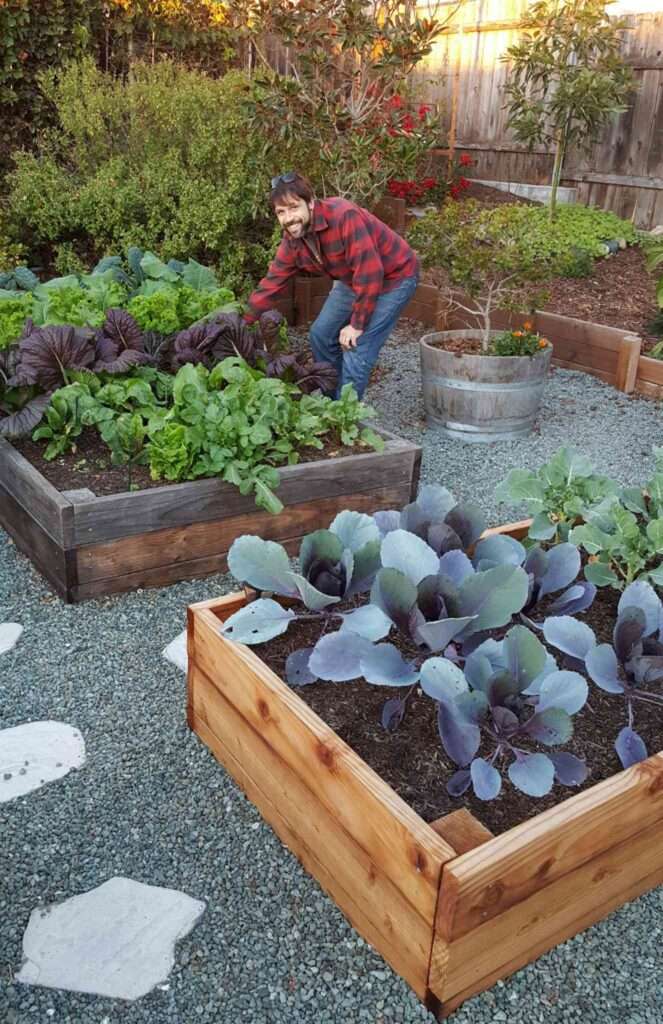
Conclusion
Raised beds offer numerous benefits for gardening, promoting improved soil drainage, enhanced soil quality, increased crop yields, healthier plant growth, and prevention of soil erosion. They offer less dependency on synthetic chemicals and are adaptable to various plant varieties. While raised beds have some limitations and potential drawbacks, they can be complemented by using pots, which offer portability, flexibility, and suitability for small spaces.
Consider the specific needs and constraints of your gardening space, budget, plant varieties, and personal abilities before deciding between raised beds and pots. By combining these two methods, you can harness the advantages of both and create a healthy and productive garden that suits your unique circumstances. Whether you choose raised beds, pots, or a combination of both, remember to enjoy the process and watch your garden flourish. Happy gardening!

